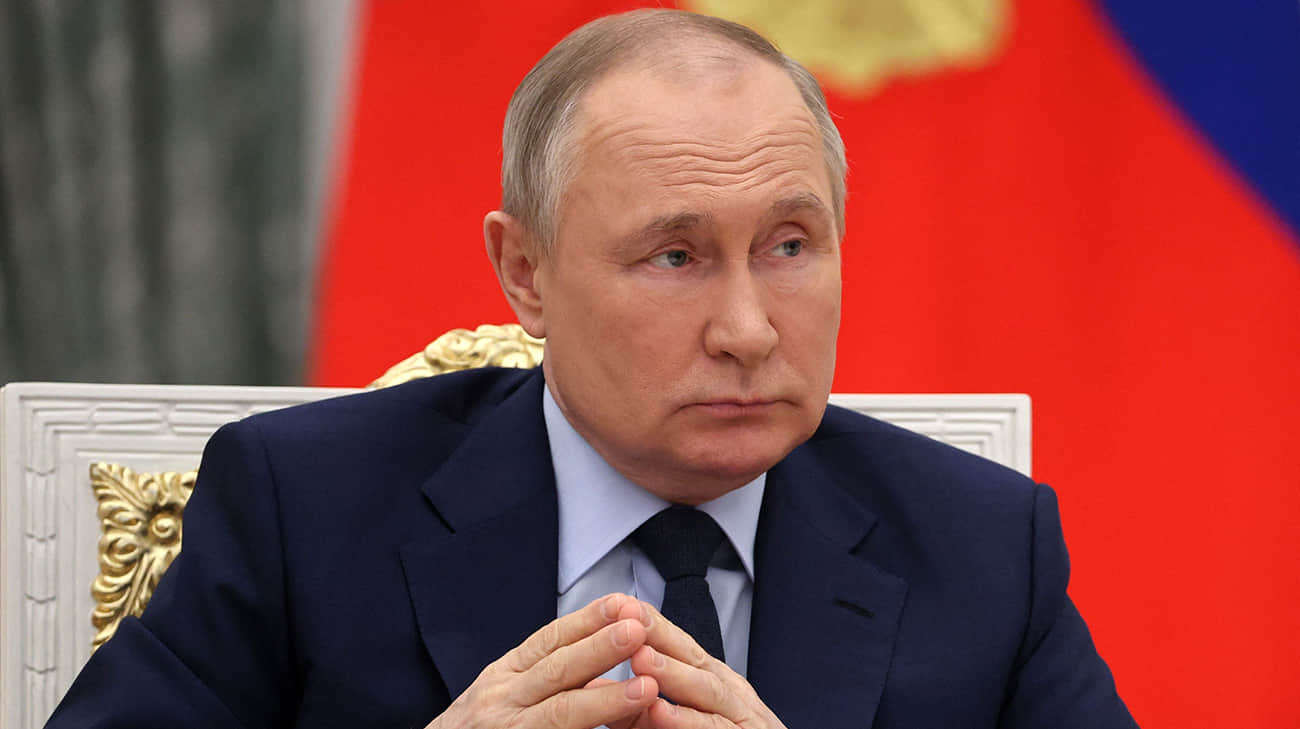Serbia is among the states for which the United States has introduced the highest customs duties

Serbia is among the countries that the United States, by President Donald Trump, has introduced the highest customs duties, MIA’s correspondent in Belgrade said.
Since Serbia, according to Trump’s administration, has burdened US products with customs duties of as much as 74 percent, in the future exports from Serbia’s products to the United States will be subject to customs duties of 37 %. That figure is the highest among the Balkan states.
As can be seen from the tables released last night, the US administration was mostly followed by mathematical logic in determining the amount of customs duties to be introduced for each country or territory.
Those who have high customs duties for US products, 20% and more, Trump introduced customs duties in the amount of half of what US companies pay. On the other hand, in the countries and territories that introduced customs duties on US products of 10%, Trump introduced customs duties on the same percentage.
Serbia has the right to protect its market from US products with higher customs, but now it has apparently hit its head. And the question is whether the fee had to be at that level, given how other countries treated US products, Forbes Serbia said in an initial analysis.
Due to the imposed customs duties, exports from Serbia to the automotive industry (mainly car tires) and the specialized industry (mainly ammunition) may be killed. Although not such a large export product, food products could also be affected by customs.
IT services in the United States are exported to a larger scale than Serbia, but should not be threatened by customs duties.
On the other hand, although some important exports, such as metals, do not export much from Serbia to the United States compared to Europe and other markets, they could be indirectly affected. Namely, other countries will also be affected by customs, so they could now prioritize domestic producers that would reduce the US market placement, which reduces the space for Serbian exporters, the analysis said.
This means that it will certainly have an effect on Serbia, although the United States is not a major export market for Serbia. But they should not be ignored.
Data from the National Statistical Office show that in the past two years trade between the two countries has been balanced. Serbia’s exports have grown significantly better than US imports.
On the other hand, the data show that the share of exports to the United States in Serbian total exports is only about 2%.
The US market is only the 19th most important export market for Serbia. But it is not too little, given that the placement on US soil exceeded 600m euros for the first time, says Forbes Serbia in the analysis.
It can reflect the Serbian economy in the following ways:
– Serbian companies will either have to raise the prices of their products in the United States or reduce profit margins to remain competitive.
– Due to high customs, US companies may turn to other suppliers who are not affected by these measures.
– If domestic companies cannot maintain contracts with the United States, production and layoffs may decrease.
– US companies operating in Serbia could consider reducing their investments if the business running becomes more expensive.
Initial analysis suggests what Serbia can do.
Given that Serbia is exposed to significant customs duties, authorities are expected to try to negotiate the release or decrease of customs diplomatic channels.
Possible options include: bilateral negotiations with the United States – an attempt to exempt Serbia from these measures or to find a special arrangement.
Turning to other markets – increasing trade with the European Union, China and Russia to make up for losses.
Increasing domestic production and processing – investing in the value added of the products in order to reduce the impact of customs duties on competitiveness, Serbian media say.








